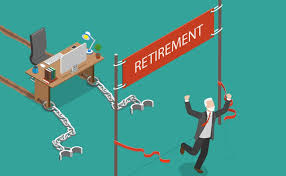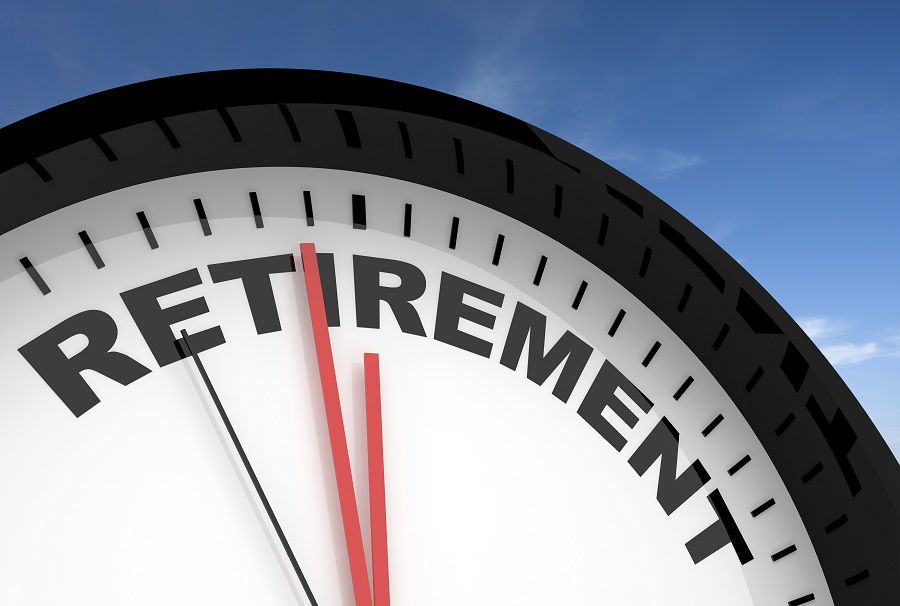What is your risk tolerance when it comes to investing?

Before deciding on an investment strategy and portfolio mix, there’s a crucial piece of information you need: Your risk tolerance profile.
Simply put, risk tolerance is defined as the amount of risk that an investor is willing to put up with given the volatility in the value of an asset or investment.
While everyone’s risk tolerance is different, several factors will help determine your individual risk tolerance — and the amount of risk you’re willing to take in your investment strategy.
- Time horizon: How old, or young, you are and when you will need or want to use the money is a primary factor in your risk tolerance. Generally, the younger you are, the more time you may have to recover from losses in higher-risk investments. The older you are, the more risk averse you may be, worried that you won’t have time to recover from stock market losses.
- Impact on lifestyle: The amount of money you are comfortable allocating to investments will contribute to decisions regarding your personal risk factor. If your lifestyle depends on the money you invest, your risk tolerance will be different from another investor whose money, if lost, won’t alter his or her day-to-day living.
- Knowledge of investing: Some riskier investments require an in-depth knowledge of investing and may not be appropriate for someone who has limited knowledge. The more investing knowledge you have, the more comfortable you might be with a more aggressive portfolio.
- Personal comfort level: Your natural inclination may be to be more aggressive, or more prudent, which can have an effect on your investment decisions.
Online investment calculators can help assess your risk tolerance and provide a hypothetical asset allocation mix for you to consider. Generally, these asset allocation models may vary depending on which calculator you use.
Here are three of the most common types based on a risk profile quiz, that you can take yourself:
- Conservative: 70 percent cash/bonds, 30 percent stocks
- Moderate: 40 percent cash/bonds, 60 percent stocks
- Aggressive: 15 percent cash/bonds, 85 percent stocks
Additionally, there can be two extreme models, although either is unlikely in actual practice:
- Short-term/No risk: 100 percent cash/bonds
- Ultra-aggressive: 100 percent stocks
Your risk tolerance profile can help to appropriately diversify your portfolio for the level of risk you are willing to accept. Being diversified means combining a variety of assets to offset potential risks or volatility in any one particular asset. This strategy often works because different classes or categories of investments may not move in the same direction at the same time. One may go down in value, while another goes up. But while diversification can help mitigate risk, it won’t eliminate the chance of a market loss completely. Nor will it guarantee a profit.
By doing a little research, through reputable investment research firms or information provided by your employer-based 401(k) plan, you can fine-tune your investment portfolio. Your risk tolerance profile will help you select the right mutual funds, stocks, and bonds from the multitude available. And in the end, you’ll likely have a portfolio that meets your unique needs.
Provided by Matthew Clayson, courtesy of Massachusetts Mutual Life Insurance Company (MassMutual). CA Insurance License # 0I01304
©2024 Massachusetts Mutual Life Insurance Company, Springfield, MA 01111-0001 MM202708-310101









